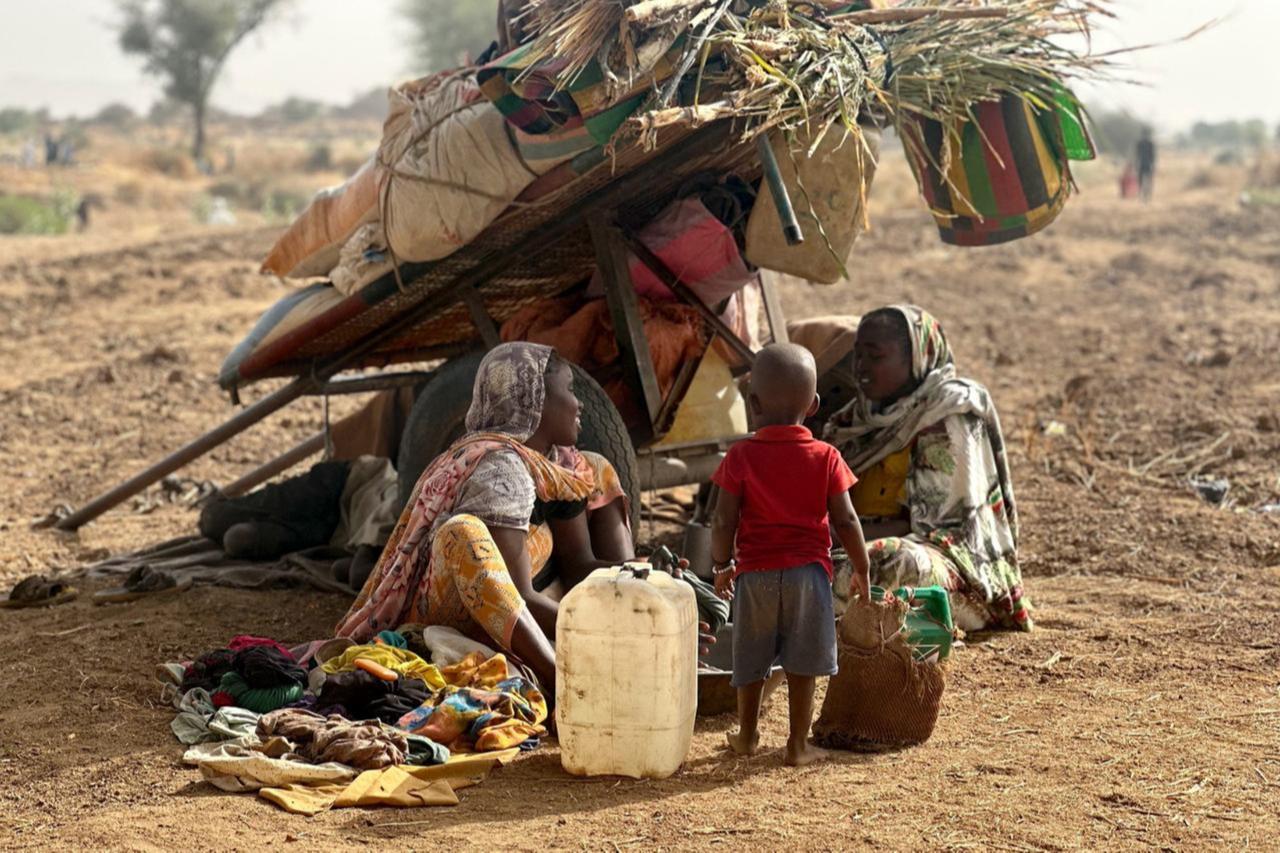
Nearly 900 million people worldwide are trapped in both poverty and direct exposure to climate shocks such as heat waves, floods, drought, and air pollution, according to a new United Nations Development Programme (UNDP) report.
The 2025 Global Multidimensional Poverty Index (GMPI), developed with the Oxford Poverty and Human Development Initiative, warns that poverty and climate change now reinforce each other in ways that could reverse decades of progress.
UNDP Acting Administrator Haoliang Xu said the world is approaching “a defining moment” where climate action must also mean action against poverty.
“No one is immune to the increasingly frequent and stronger climate change effects like droughts, floods, heat waves, and air pollution, but it’s the poorest among us who are facing the harshest impact,” he told Agence France-Presse (AFP), urging leaders at COP30 in Brazil this November to confront the crises together.
The report shows that 1.1 billion people, or 18% of the global population, live in acute multidimensional poverty, defined by deprivations in health, education, housing, and access to basic services.
Within this group, 887 million people live in areas already affected by at least one major climate hazard. The UNDP calls this overlap a “double burden” that locks communities into vulnerability, especially where livelihoods depend on unstable agricultural and informal sectors.
The combined effects of poverty and climate change are most visible in South Asia and sub-Saharan Africa, which together account for more than 83% of the world’s multidimensionally poor.
South Asia alone has almost 99% of its poor population exposed to at least one environmental threat, and more than half face three or four hazards at once.
Across sub-Saharan Africa, hundreds of millions experience a similar convergence of deprivation and environmental stress.
Entire regions in Niger, Chad, and the Central African Republic live with multiple hazards simultaneously, including extreme heat, drought, and floods, while lacking access to electricity, sanitation, or adequate housing. The report warns that each overlapping hazard magnifies the next, deepening deprivation and hindering recovery.
Climate shocks have already displaced around 32 million people in 2022 alone, according to the Internal Displacement Monitoring Centre, and the UNDP estimates that without urgent action, the number of people living in extreme monetary poverty could nearly double by 2050.
The agency argues that sustainable development is impossible without integrating climate resilience into poverty reduction strategies.
The GMPI 2025 findings challenge assumptions about where poverty lies.
Nearly two-thirds of the world’s poor, about 740 million people, live in middle-income countries, not in the lowest-income economies. These nations, often undergoing rapid industrialization, also face higher air pollution levels and extreme heat exposure.
Lower-middle-income countries carry the greatest load. About 548 million poor people in these states face at least one climate hazard, and 470 million endure two or more.
Air pollution alone affects more than 70% of poor populations in these countries, linked to industrial growth and dense urbanization. Even upper-middle-income economies are not spared, since over 90% of their poor populations experience at least one environmental hazard.
This distribution exposes what the UNDP calls “a hidden epicenter of poverty.” Middle-income states, from Bangladesh and India to Nigeria and Brazil, now hold most of the world’s poor and face accelerating climate threats without the financial resilience of richer nations or the aid focus of poorer ones.
Children remain the most affected group in this dual crisis.
They represent one-third of the global population but account for more than half of those in multidimensional poverty, or 586 million in total.
Many live without clean cooking fuel, secure housing, or proper sanitation, and they are the first to suffer from malnutrition, disease, and educational disruption when disasters hit.
The report warns that this generational divide will widen. Under a high emissions scenario, countries with the highest poverty levels could experience 37 additional days of extreme heat per year by 2040 to 2059, and 92 more by 2080 to 2099. Those temperature spikes threaten food security, labor productivity, and health systems that already operate under severe strain.
UNICEF’s previous research has described the climate crisis as “a child rights crisis,” a conclusion reinforced by the GMPI’s findings. The poorest children, especially in rural South Asia and Africa, face an environment that is not only harsh but systematically unequal, where heat and hunger compound each other.
The UNDP urges governments to move from recognition to rapid action.
The report calls for policies that align poverty reduction, climate adaptation, and ecosystem restoration, arguing that only integrated strategies can build resilience for both people and the planet.
It recommends expanding adaptive social protection systems, investing in nature-based solutions, and improving early warning networks capable of identifying at risk populations before disasters occur.
Because many vulnerable countries lack the domestic capacity to act alone, the UNDP emphasizes the need for scaled-up international financing and equitable technology transfer.
These resources, it says, are essential to help low and middle-income nations confront compounding crises while still pursuing development goals.
As the world approaches COP30, the agency’s message is unequivocal. Climate mitigation and poverty alleviation must be treated as a single global mission.
“Responding to overlapping risks requires prioritising both people and the planet,” the report concludes, warning that without coordinated action, inequality and environmental breakdown will accelerate together in the decades ahead.